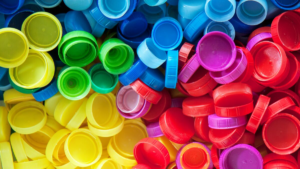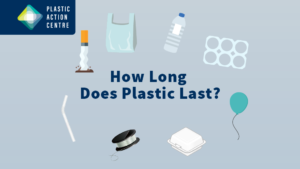Toronto marina installs experimental floating garbage cans to keep water clean
The SeaBin Project is a new technology that can trap 4 kg of floating trash every day. It sucks in all surface waste — everything from larger items to oil and gas spills, and even microplastics. These bins have now been installed at the Outer Harbour Marina in Toronto.
Full Story
By: Natalie Nanowski
Coffee cups, cigarette butts, plastic bottles and other trashy items are usually all-too easy to spot floating along most shorelines, but at Toronto’s Outer Harbour Marina those sightings are rare, thanks to some newly installed technology.
The innovation is called the Seabin, a cylindrical container mounted to the side of a dock. It sucks in all the gross surface gunk — everything from larger items to oil and gas spills, and even micro plastics.
The marina is one of the first places in Canada to get Seabins. It’s running a pilot project and has three of them. They sit just below the water’s surface, a pump at the bottom moves up and down, pulling debris into a containment bag.
“Being a harbour, debris gathers in the water and we had to manually collect it,” Mike Dwyer, the manager of Outer Harbour Marina, told CBC Toronto.
“But since installing the bins, we’ve noticed a huge difference. They do all the work for us. All we have to do is empty the bag every day.”
The National Geographic Society estimates that eight million tonnes of plastic waste escapes into the oceans every year from coastal nations. That’s the “equivalent of five grocery bags of plastic trash for every foot of coastline around the globe.” These figures don’t take into account what ends up in lakes and rivers.
Seabin invented by 2 Australian surfers
Seabin is the brainchild of two Australian surfers who were fed up with seeing garbage every time they went into the ocean. Together they built a prototype, set up an Indiegogo page and crowdfunded about $350,000.
The pair has since partnered with W Products and Services to make a version of the Seabin that can be commercialized, says Gautier Peers, W Products and Services’ sales manager for the Americas.
“On average, it collects about [3.8 kilograms] a day … which means in a year’s time a Seabin can collect 1.4 tonnes,” said Peers.
Since coming on the market about a year ago, Seabins have captured about 115 tonnes of garbage. Even though that’s a minute fraction of what is actually in the world’s waterways, Peers finds the results promising.



